Samples play an important role in the whole apparel manufacturing process. Different garment samples usually have different functions. Here I explain these samples in detail.
What is sampling?
Sampling is a necessary process before starting bulk production. It is used to assess products’ quality, style, design, or any other characteristics. The buyer can give opinions about modifications, avoiding errors in the following production.
In this process, there exist different kinds of samples for various objectives. Some are to ensure the appearance and color of bulk production. And some are to ensure quality and techniques.
And the sample fee depends on the complexity of the apparel design. For example, if you want to customize a sweatshirt and simply silkscreen the pattern on a blank sweatshirt, the sample fee is only $10-$15. There are 9 common samples in the garment industry. Here I introduce them one by one.
Proto/First sample
This is the first-made sample in the factory according to the buyer’s design drawings or product photos. This sample is to check the style and workmanship, testing whether the factory can use specific printing methods to realize your desired patterns. For this sample, the factory will use a fabric that is similar to the buyer’s requirements. If you have specific demands for fabric quality and color, the factory is also able to make it. And this sample is called a counter sample.
If you are not satisfied with the proto sample, you can continue to ask the factory to modify it.
Fit sample

Once the proto samples are approved, fit samples are developed. They require the stitching and measurement must be 100% accurate. These samples are used to test the size, style, workmanship, and how they look when worn. A dummy is mostly used for checking the effect. Buyers with high requirements will invite professional models to test the fitting.
Fit samples require the actual fabric. If not available, a similar quality fabric can be used. For fabrics with horizontal stripes or grid patterns, buyers can ask the factory to align the stripes or grids in the production. If fluffy cloth is used, the wool direction should be correct. There is no requirement for the color of fit samples.
Size set sample

If there are many sizes in fit samples, like over 8 sizes, some buyers with high requirements may demand samples of all sizes. These samples are called full size set samples. Many buyers just select samples with jump sizes, like S, L, and XXL. These samples are called size set samples.
The main objective of the size set sample is to check the workmanship and garment fit in multiple sizes. Choosing which size for inspection depends on the buyer’s requirements.
GPT sample
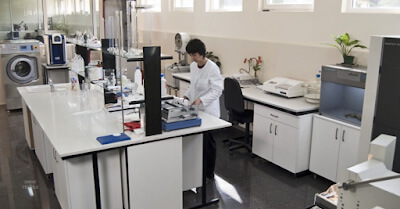
Some buyers ask for samples to conduct a garment performance test. These samples are called GPT samples. It usually requires 2 samples. The testing includes seam strength, seam slippage, colorfastness, and wash fastness. The report shows whether tested garment samples meet the buyer’s requirements.
Pre-production sample
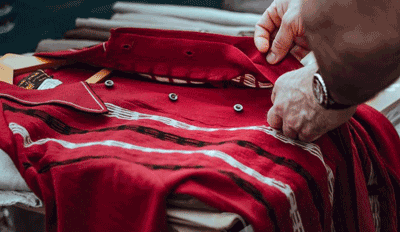
It is a necessary sample before bulk production. PP sample is made completely according to the buyer’s requirements and is manufactured with actual fabrics, accessories, and specified techniques, e.g. DTG printing, and embroidery. It is used to confirm all the details, features, and quality of the product.
Buyers can judge whether the factory understands exactly what they want with this sample. And if there exist any errors, buyers can also find them on time and let the factory modify them until the samples meet their demands. The final confirmed sample, also known as a golden sample, is used as a reference for mass production.
In addition, many buyers will require the packaging of pre-production samples, e.g. shipping marks, and tags, to be consistent with bulk production.
Sealed sample
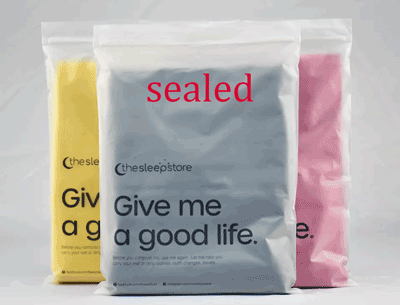
Once the PP sample is approved by the buyer, they are sealed to prevent tampering from the factory. And these are called sealed samples, also known as gold-seal samples or red-seal samples. They work as the standard for bulk production, just like the PP sample.
TOP/Production sample
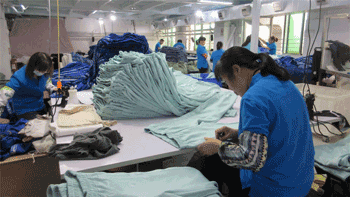
In the bulk production process, some buyers will ask to take some garments randomly from the assembly line for inspection. The purpose is to check whether the factory is producing correctly according to the pp sample, and whether the quality is the same as the pp sample.
Most buyers will ask for inspectors to help them check the samples, like a third-party auditor or Jingsourcing. We can help you follow up on the whole process and check whether it meets your requirements for the garment.
There are also a small number of buyers who request to send them samples directly for inspection. And the number of samples sent will be deducted from the total quantity ordered.
Shipment sample

When the garments are completed and ready for shipping, some buyers ask the factory to send some samples that are packed with tagging and labeling. The purpose is to check the packaging and final product. And these samples are called shipment samples, which are selected from bulk production, representing the bulk production quality.
Salesman sample and showroom sample
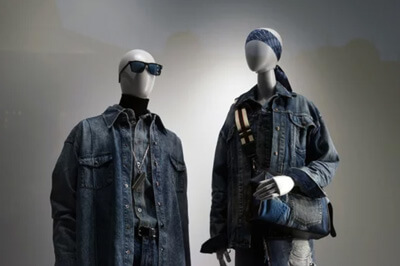
These two samples are mainly used for marketing and promotions. Garment factories develop garment samples by themselves and show those samples in the design room or in the exhibition to attract potential buyers.
Get Apparel Manufacturers Now
- Supplier and factory audit
- Get Premium Samples
- Strict QC
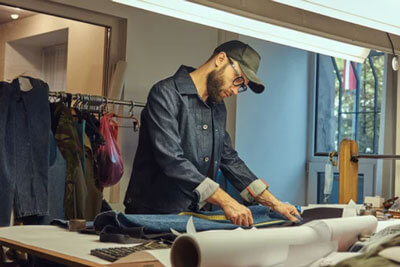

Leave A Comment